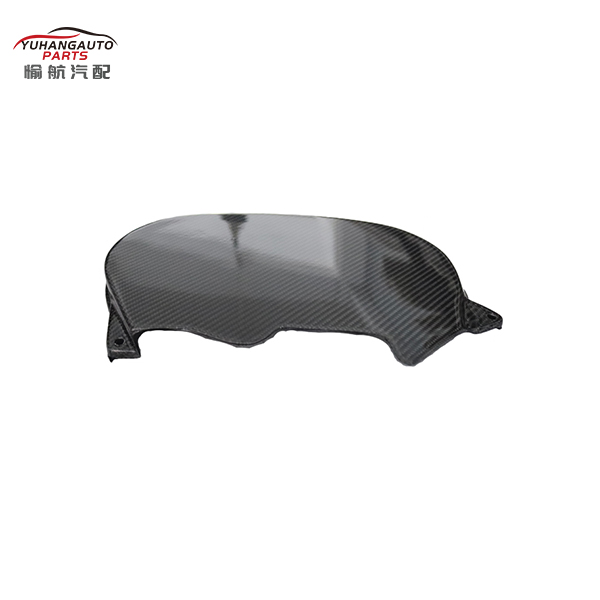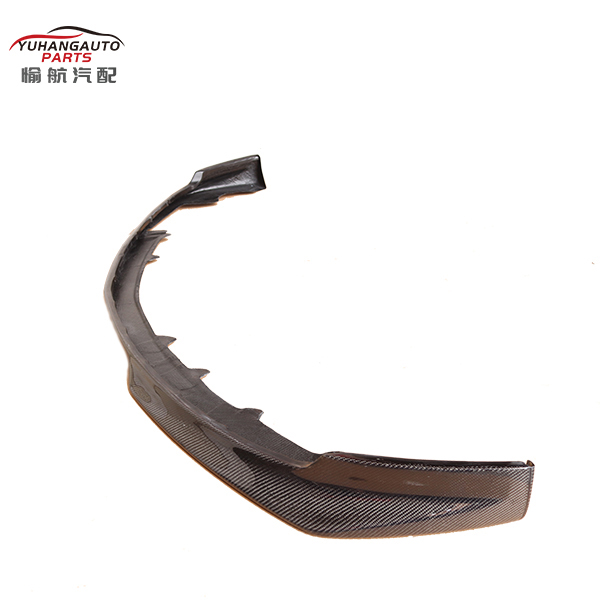
Privacy statement: Your privacy is very important to Us. Our company promises not to disclose your personal information to any external company with out your explicit permission.
![]() June 10, 2021
June 10, 2021
Although most of the carbon fiber composite customers are professionals who buy prefabricated carbon fiber components to produce their products, there are still some people who want to make their own carbon fiber components. They may wonder if DIY style carbon fiber manufacturing is feasible? All in all, it's like this.

Use a lint free cloth and apply the release agent to the mold. Apply the release agent evenly and thoroughly. Make sure every corner of the paint is good. Keep the mold for about 20 minutes until the wax is dry. Grind the surface, re wax and repeat. Place the glass on a digital scale and mix the epoxy resin with a proper proportion of resin and hardener. At this point, it should be as precise as possible to ensure the molding of carbon fiber components. Mix the resin and curing agent thoroughly with a stirring rod to ensure that the cutin on the glass wall is completely scraped off, so as to absorb all the epoxy resin and curing agent and ensure the correct mixing. Use the brush to evenly brush the mixed epoxy resin on the prepared mold. Lay the carbon fiber flat and measure the position to be cut. For the tangent line, when the fiber needs to be cut, if it is pulled out from the sheet, it is easy to cut without wear. For more complicated cutting, using cellophane tape to cut off the inner and outer edges after cutting helps to prevent wear. Cut the carbon fiber to a larger size than the final one. There must be no loose carbon fiber bundles on the carbon fiber sheet. The sheet is gently and evenly placed on top of the die. Because the epoxy resin will stick to the mold, when you press the mold, the carbon fiber sheet will stick to the tool, so be careful in this step. Process the middle part of the part and raise the edge if necessary to prevent adhesion. Prepare the edges and press into the epoxy surface. Squeeze into the corner. Many carbon fiber manufacturers use steel rollers in this step to really help the carbon fiber layers stick together and squeeze out any bubbles. In order to get the best carbon fiber production, please try to keep clean. Repeat the third step and mix another batch of epoxy resin. Then use a brush to apply the newly made epoxy resin brush on the carbon fiber. Draw with a paintbrush or a slight stab. Don't use painting to stop the stretching and twisting of carbon fiber. Ensure that there is enough epoxy resin to cover the surface of the carbon fiber board, but this is not enough to make the excess epoxy resin out of the board. Make strong carbon fiber parts, less is more. You can use a hot air gun or an electric hair dryer to gently blow the surface of the mold when it is inching. In this way, any bubbles in the epoxy will enter the surface and pop up, thus avoiding the formation of cavitation or "holes" in the carbon fiber products. However, make sure that this setting is not too hot. A vacuum bag can also be used instead of or added to the step to further ensure that there are no bubbles in the component. If necessary, repeat steps 6 to 9 to add to the layer of the mold. When the layers are finished, trim the excess carbon fiber at the edge of the mold with powerful scissors. Laminate the carbon fiber sheet onto the mold with a gloved hand, brush or roller to ensure that the carbon fiber material adheres to any corner. After 24 hours of complete curing, set the mold aside, the parts made of carbon fiber are fully cured, and then gently disassemble with the mold. You can use it to cut too much around the edge.

The above is the Is DIY carbon fiber part feasible? we have listed for you. You can submit the following form to obtain more industry information we provide for you.
You can visit our website or contact us, and we will provide the latest consultation and solutions
Send Inquiry
Most Popular
lastest New
Send Inquiry

Ms. chen
Tel:
86-0739-4281767
Fax:
E-mail:
Related Products List
Mobile Site


Privacy statement: Your privacy is very important to Us. Our company promises not to disclose your personal information to any external company with out your explicit permission.

Fill in more information so that we can get in touch with you faster
Privacy statement: Your privacy is very important to Us. Our company promises not to disclose your personal information to any external company with out your explicit permission.